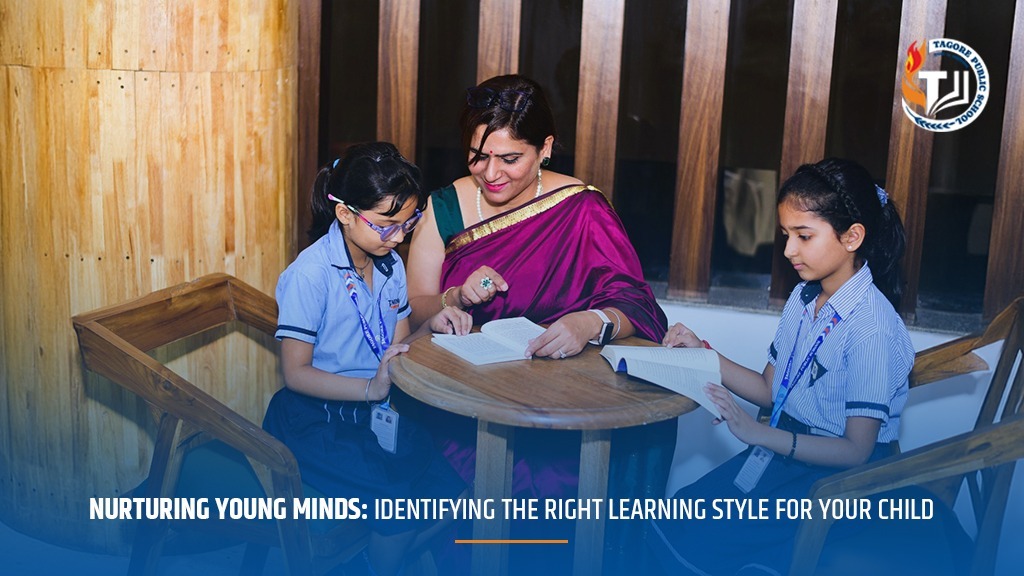Finding the Best Learning Style for Your Child’s Growth

Every child learns differently. Some children absorb information best when they read and write, while others thrive in hands-on experiences or by listening to explanations. Understanding how your child learns can have a significant impact on their academic journey and personal development. At Tagore Public School, we believe that education should be tailored to individual strengths, helping each student reach their full potential. Why Learning Styles Matter Imagine two students sitting in the same classroom. One might excel by reading textbooks and taking notes, while the other struggles because they need more visual aids or practical demonstrations. This difference in learning styles affects how children process and retain information. When parents and educators recognize these preferences, they can create an environment that fosters better understanding, engagement, and academic success. How to Identify Your Child’s Learning Style The best way to determine how your child learns is to observe their natural tendencies. Do they love reading and writing, or do they understand concepts better when explained aloud? Are they always on the move, preferring activities that require physical interaction? Paying attention to these behaviors provides valuable insight into their learning preferences. Another way to understand their learning style is by noting how they respond to different study techniques. Some children remember information better when they see diagrams and illustrations, while others grasp concepts when they hear explanations or engage in discussions. Identifying these patterns can help you create a more effective and enjoyable learning experience for them. Exploring Different Learning Styles Children typically fall into one or a combination of four main learning styles: visual, auditory, kinesthetic, and verbal learners. Visual learners understand information best when they see it. They prefer books, charts, and diagrams, making note-taking and reading essential to their learning process. These learners benefit from structured outlines, mind maps, and visually engaging content. Auditory learners grasp concepts by listening. They retain information well through storytelling, discussions, and verbal instructions. These children benefit from reading aloud, participating in group discussions, or using audio recordings to review lessons. Kinesthetic learners learn best through movement and hands-on activities. They struggle with passive learning but thrive when they can engage in experiments, role-playing, or physically interacting with materials. Practical exercises, outdoor activities, and project-based learning enhance their understanding. Verbal learners enjoy expressing ideas through speech and writing. They perform well in debates, presentations, and storytelling exercises. Encouraging them to explain concepts aloud or engage in discussions helps solidify their understanding. Exploring Different Learning Styles Once you recognize your child’s learning style, you can create a study environment that aligns with their strengths. Providing books and structured notes for a visual learner, discussing topics for an auditory learner, or incorporating hands-on activities for a kinesthetic learner can make learning more effective and enjoyable. At Tagore Public School, we embrace a student-centric approach, ensuring that each child’s unique way of learning is nurtured. Our diverse teaching methodologies provide a balanced and engaging education, helping students build confidence and academic excellence. If you’re looking for a school that prioritizes personalized learning and student growth, visit Tagore Public School to explore how we can help your child succeed. Read More Blogs: Public Speaking & Debate Ace Your Exams with Memory Strategies Dream Career vs Fulfilling Career How to Create a Welcoming Classroom How Schools Help Students Become Game-Changers




